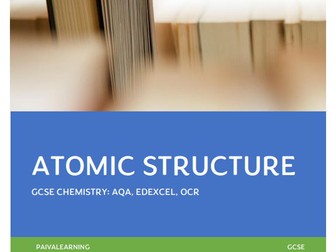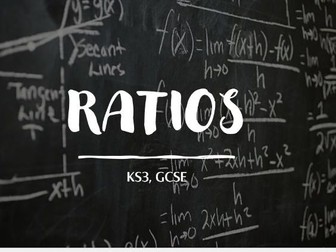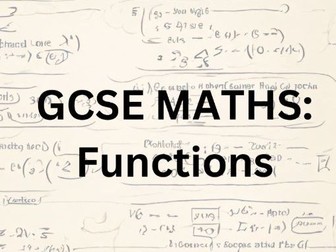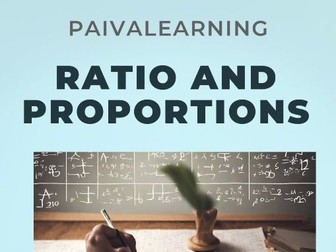Study Guide for KS3, GCSE, A-levels, and IB: How to study the "TAR" way
<p>The TAR Method of studying, an innovative approach conceptualized during my school years, is designed to elevate the learning experience by fostering deep understanding and mastery of subject matter. TAR stands for Teach, Assess, and Review, forming a robust cycle that propels continuous improvement and academic excellence.</p>
<p>In this resource designed for KS3, GCSE, A-level and IB students, you will discover insightful strategies designed to elevate your learning journey. As you explore, take the time to reflect on these concepts and identify those that resonate with your personal study approach. Consider how you might integrate these insights into your own learning practices and revision.</p>
<p>If you have any questions or seek further clarification, please feel free to reach out via email at <a href="mailto:paivalearning@gmail.com" target="_blank" rel="nofollow">paivalearning@gmail.com</a>.</p>




